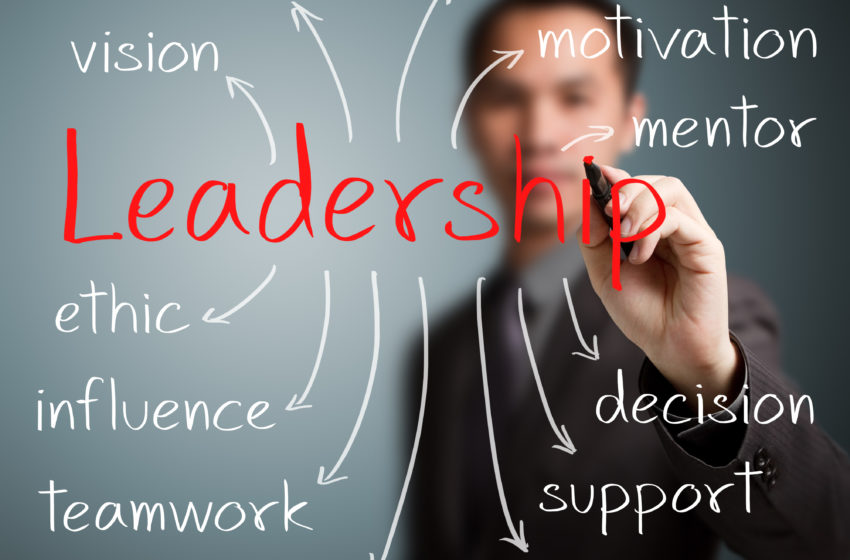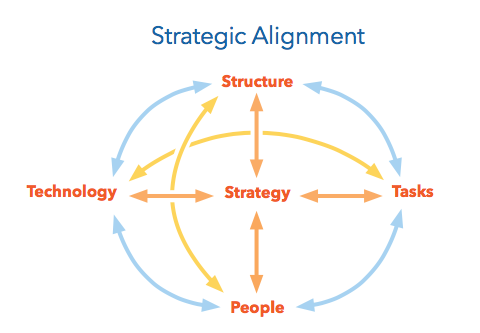Becoming A Smart City Requires Smart Leadership

INTENTIONAL INVESTMENT IN STRATEGY AND LEADERSHIP ARE CRITICAL
By J. Lee Whittington, Ph.D. and K. Matthew Gilley, Ph.D.
At the dawn of the internet age, Michael Porter, the renowned business strategist at Harvard Business School, warned that the Internet was not a strategy, but merely a tool for enhancing organizational effectiveness. We see a parallel for cities: the principles and practices advocated by smart city initiatives are tools for enhancing a city’s effectiveness. But becoming “smart” is not a substitute for an integrated approach to strategic leadership.
Leaders of municipal governments are consistently confronted with the adaptive challenge of using a relatively fixed (and often declining) pool of resources to meet the rising expectations of citizens. In response to this challenge, city leaders are leveraging emerging technologies to improve government operating efficiencies, the quality of life in their communities and economic growth. Smart cities are increasingly finding ways to use social media to engage citizens in problem identification, policy formulation, and process improvement. The expanded use of social media is being integrated with vast amounts of data to use the power of analytics to address the broad range of problems associated with urban life. “Civic analytics” — including crime statistics, illness data, traffic flow, code violation patterns and more — are now being used to transform the way cities work.
We applaud this effort and offer some precautionary suggestions.
As depicted in the figure, technology and its related analytic techniques are important components of the strategic alignment that is necessary for successful strategy implementation for civic leaders. But technologies and analyses are not in and of themselves effective strategies; nor are they sufficient for effective leadership. They are simply tools that can inform strategy development, implementation and monitoring.
These tools should be used to complement, not replace, the city’s overall strategy and leadership capabilities.
As indicated in the figure, these technologies are merely one subsystem of the complex dynamics and interdependencies of the city. Let’s take a minute to unpack the elements of this diagram
- Strategy includes the city’s mission and the long-term goals that have been developed to achieve city leaders’ vision for the future. Strategy also includes the various initiatives and action plans necessary to make the vision a reality.
- Structure represents the formal relationships among the various functional areas or departments of the city.
- Tasks are the jobs that are performed by the city.
- Technology is an intentionally broad term that refers to all of the processes that are used by the city to convert inputs — including data — into the products and services the city provides to the people who live there.
- People make up the human dimension of the organization.
It is tempting to view each of these as separate and independent factors. However, these are really interdependent components of a city’s strategic architecture and cannot be dealt with in isolation. As depicted in this diagram, if city leaders change any one of these components, there will be an impact on the others.
New smart city approaches and technologies must be considered in this context. Rather than viewing the integrated technology platform of the smart city initiative in isolation, leaders must understand that any change in the technology subsystem will impact each of the other subsystems. Changing a technology and increasing the flow of data to be analyzed will have a direct impact on city employees’ tasks. Changing these tasks will impact the structure of the organization.
Becoming “smarter” has important implications for a city’s operational structure. While the formal reporting relationships reflected in the organization chart may remain relatively stable, the actual functioning of the organization will move away from a mechanistic bureaucracy and become much more organic and dynamic. And perhaps most importantly, these changes will impact the people doing these redesigned jobs.
In short, smart city initiatives, while exciting and full of promise for improving city operations, are rife with leadership pitfalls. Smart city initiatives require smarter and more adaptive leadership by city officials.
Smart leaders recognize these interdependencies and work to actively create “organizational foresight” to anticipate the consequences of embracing this new approach to running the city. Smart leaders get ahead of these changes by providing the necessary training and development to equip the city’s employees to handle the increased complexity and changing nature of their jobs. As cities become smarter and citizens become more demanding of those who serve them, city leaders will face more complex strategic challenges that require enhanced business acumen and leadership capabilities. It’s an exciting time for city leadership, but it’s one that requires city officials in communities of all sizes to be very intentional about matching smart city technologies with smart leadership.
J.Lee Whittington, Ph.D. is a Professor of Management in the Satish & Yasmin Gupta College of Business at the University of Dallas. His teaching, research and consulting practice focus on leadership development, enhancing employee engagement and the spiritual dimensions of leadership. jlee1@udallas.edu.
K. Matthew Gilley, Ph.D. holds the Bill Greehey Endowed Chair in the Department of Management at the Greehey School of Business at St. Mary’s University. His teaching, research and consulting interests include corporate strategy, ethical leadership and strategic philanthropy. mgilley@stmarytx.edu.







